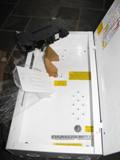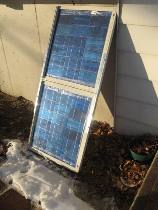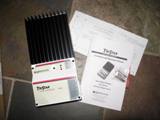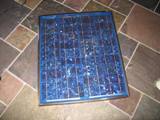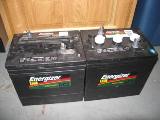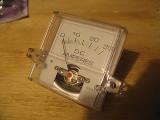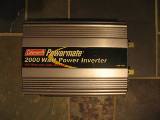Batteries - Battery Bank Configurations - Series and Parallel:
Battery Bank Configurations
There are 2 main types of ways to connect your batteries together. One is putting your batteries in Series, this will double the voltage and leave the amp-hour rating the same. The other is connecting them in Parallel, which will double the amp-hour rating and leave the voltage the same. Depending on what voltage you need, what types of batteries you use and what amp-hour rating you need you will have to use one or both of these connection methods.
Connecting Batteries in Series
Below you will see examples of connecting Batteries in Series. Connecting Batteries in this manner will double the voltage and sustain the same amp-hour rating.
- 6 volt batteries connected in series to form 12 volts 220 amp hours.
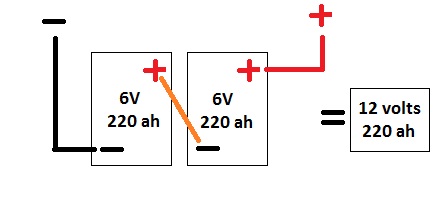
- 12 volt batteries connected in series to form 24 volts 100 amp hours.
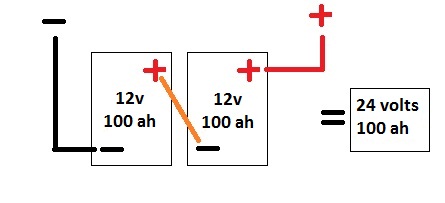
Connecting Batteries in Parallel
Below you will see examples of connecting Batteries in Parallel. Connecting Batteries in this manner will double the amp-hour rating and sustain the same voltage.
- 12 volt batteries connected in parallel to form 12 volts 200 amp hours.
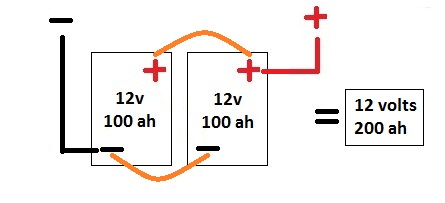
- (4) 12 volt batteries connected in parallel to form 12 volts 400 amp hours.
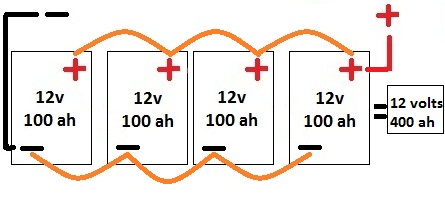
Connecting Batteries in Series and Parallel!
Below you will see examples of connecting Batteries in Series and Parallel. The purpose of connecting your batteries in Series and Parallel is pertinent when you are wanting to get a specific voltage when only having a different voltage battery to begin with, also to up the amp-hours at the same time to equip your battery bank with more storage capacity.
- (4) 6 volt batteries connected in series and parallel to form 12 volts 440 amp hours.
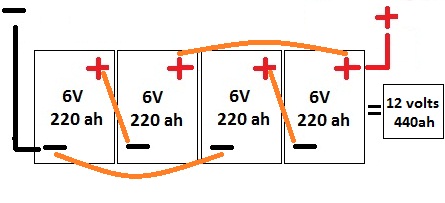
There are many voltage configurations you can put your battery bank in but the most common for solar and wind are 12,24,and 48 volts. Most inverters, and charge controllers come in these voltages. Hopefully these examples will give you some insight and knowledge into setting up your own battery bank.

